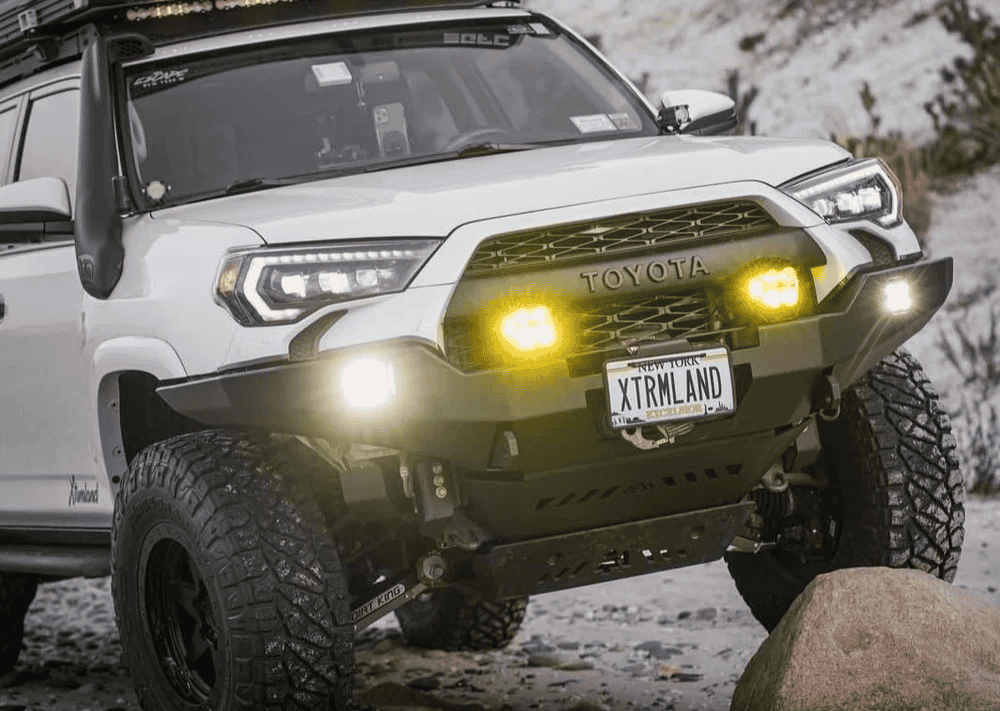Overland Vehicles

Choosing fuel shapes how your overlanding stove behaves when the weather turns or the road climbs. Propane remains the most versatile fuel for travel because it vaporizes well in cold temperatures and at higher elevations. The tradeoff is cylinder weight and bulk, which affects packing and mounting. Butane burns clean and offers silky simmer control, but performance drops in cold conditions and some remote towns do not stock cartridges consistently. Many travelers compare a butane or propane camping stove and carry what best fits their route and season.
Propane stays dependable near freezing and below, which matters during shoulder season trips and early alpine starts. Refillable cylinders reduce waste and are easy to swap in most regions. Because propane is heavier than air, store containers upright, ventilated, and outside the sleeping space. Use a regulator and check fittings with soapy water to confirm a leak free seal.
Butane can deliver chef like flame control in fair weather, and its slim cartridges pack neatly into drawers. Cold performance is the weak link, as pressure drops and output falls off. If you travel mostly in mild climates, a compact butane burner is a simple, quiet solution. For colder itineraries, consider isobutane blends that improve low temperature reliability when available.
Durability and wind handling matter more than showroom polish. Integrated systems with heat exchangers boost fuel efficiency and boil speed, which helps at altitude and on quick stops. Traditional two burner camp stoves offer real skillet space for group meals and allow you to boil pasta while simmering sauce. Single burner units shine for solo trips or minimalists who prize a tiny footprint. Whatever you choose, a mobile stove needs a stable base, a wind shield, and predictable flame control.
One burner setups are light and fast for coffee and simple meals. Two burner models turn a tailgate into a home style cooktop that manages breakfast, lunch, and dinner without juggling pots. Think about your menu, cookware diameter, and how often you cook for more than two people before you decide.
Stoves with pot specific heat exchangers waste less fuel and shrug off light gusts. They excel for boiling water in minutes for freeze dried meals or pour over coffee. The downside is limited pan compatibility and smaller cooking surfaces. Many travelers pair an integrated boiler with a wider burner for actual pan work.
Cooking inside a vehicle can concentrate carbon monoxide and moisture, so prioritize ventilation. Crack windows, use a roof vent, and never run a flame near soft goods or aerosolized cleaners. On soft ground, a folding table or slide out platform provides a level surface and keeps flame away from vehicle materials. A wind screen boosts efficiency and reduces flare ups by stabilizing the flame. Always cool the stove fully before stowing and keep fuel away from direct sun.
Ventilated storage is a must. Propane cylinders belong in a sealed, vented locker or an exterior mount. Butane cartridges should ride in a cool, dry compartment to protect seals. Keep dedicated leak detection wipes or soapy water ready for quick checks before firing up the burner. Carry extra ignition sources and keep the stove clean to prevent sticky valves and inconsistent flame patterns.
When comparing a mobile stove across seasons, think about fuel resupply. Propane refills and swaps are common in many towns and at hardware stores. Butane cartridges can be plentiful in cities but sparse in small mountain communities. If you plan a long corridor through remote areas, map fuel stops like you map water and dump points.
If your trip plan includes rocky tracks, gusty passes, and early starts, a purpose built galley and safe fuel storage turn mealtime from a chore into a highlight. A well designed system places the overlanding stove on a stable slide, routes ventilation correctly, and secures cylinders in a vented space that meets safety best practices. Power options like solar and alternator charging also open induction cooking for no flame campsites or high fire risk regions.
OZK Customs designs and installs complete cook solutions tailored to trip style, crew size, and climate. From rugged galley cabinetry to exterior mounts and vented lockers, our team builds around real world use. Explore proven platforms and inspiration on our Overland rigs page, see how a Custom overland upfit integrates safe fuel storage and ventilation, and learn more about our approach on Why choose OZK Customs.
Tell us what you cook, where you travel, and how you pack. We will translate that into a dependable trail kitchen with the right fuel strategy, a stable platform, and clean installs that hold up to washboard and weather. Your meals should match your miles.
Ready to spec a trail kitchen that works in wind, rain, and real life travel? Tell us how you camp, and we will design a safe, reliable cook setup with proper ventilation, fuel storage, and power integration. Start your build today and leave cold meals to the unprepared.
ADDRESS:
6159 E Huntsville Rd, Fayetteville, AR 72701
PHONE:
(479) 326-9200
EMAIL:
info@ozkvans.com